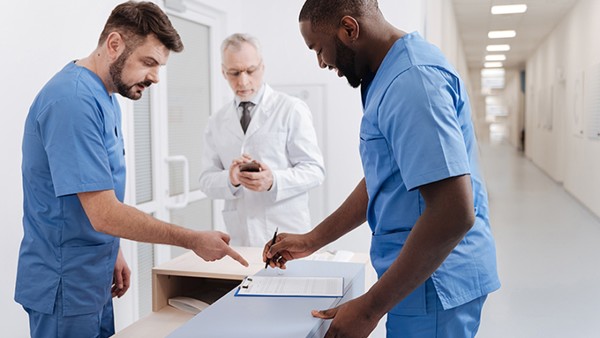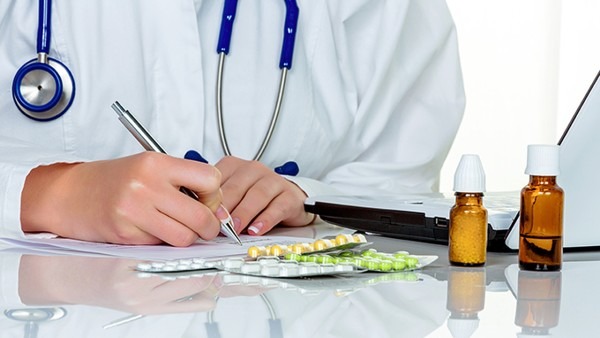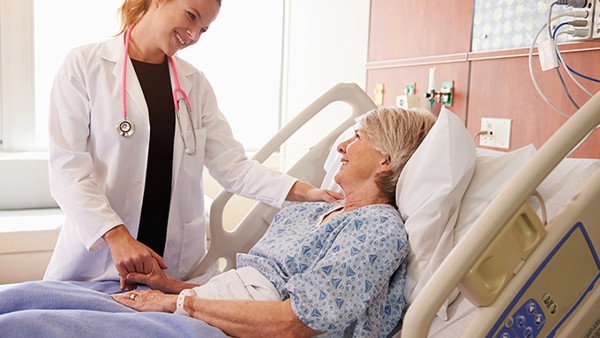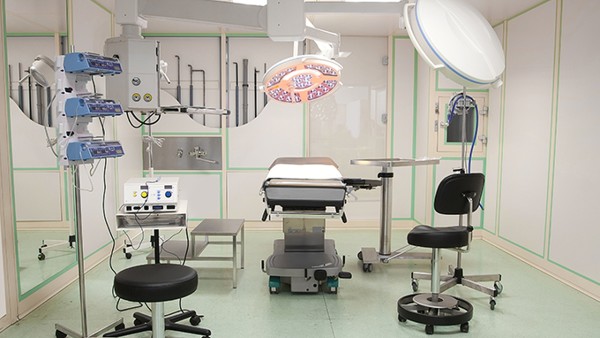Knowing Your Ovulation Period Can Increase Your Chances of Getting Pregnant

Understanding Your Menstrual Cycle
The menstrual cycle is a recurring series of changes in the female reproductive system that makes pregnancy possible. It typically lasts for 28 days, but can vary from 21 to 35 days. The cycle begins on the first day of menstruation, when the lining of the uterus (endometrium) is shed. Over the next few days, the endometrium rebuilds itself in preparation for a possible pregnancy.
Ovulation
Ovulation occurs when a mature egg is released from one of the ovaries. This usually happens around day 14 of a 28-day cycle, but can vary from cycle to cycle. The egg travels down the fallopian tube, where it may be fertilized by a sperm cell. If the egg is not fertilized, it will break down and be absorbed by the body.
Signs of Ovulation
There are a number of signs and symptoms that can indicate ovulation is occurring, including:
A change in cervical mucus. The cervical mucus will become thinner and more slippery, like raw egg white. This is a sign that the cervix is preparing for the passage of sperm.
A rise in basal body temperature. The basal body temperature (BBT) is the temperature of your body at rest. It will rise slightly after ovulation.
Mittelschmerz. This is a sharp pain in one side of the lower abdomen that can occur during ovulation.
Breast tenderness. Your breasts may become tender and swollen during ovulation.
Increased libido. You may experience an increase in sexual desire during ovulation.
Tracking Your Ovulation
There are a number of ways to track your ovulation, including:
Calendar method. This method involves tracking your menstrual cycles on a calendar. You can mark the first day of your period each month and count 14 days forward. This is the estimated day of ovulation.
Cervical mucus method. This method involves checking the consistency of your cervical mucus. When the mucus becomes thinner and more slippery, it is a sign that ovulation is approaching.
Basal body temperature method. This method involves taking your BBT every morning before you get out of bed. You can chart your BBT to look for a rise in temperature, which indicates ovulation.
Ovulation predictor kits. These kits measure the levels of luteinizing hormone (LH) in your urine. LH is a hormone that surges just before ovulation.
Tips for Increasing Your Chances of Getting Pregnant
If you are trying to get pregnant, there are a number of things you can do to increase your chances of success, including:
Have intercourse regularly. The more often you have intercourse, the more likely you are to conceive.
Time intercourse around ovulation. The best time to have intercourse is within the 5 days leading up to ovulation.
Use ovulation predictor kits. Ovulation predictor kits can help you identify the days when you are most fertile.
See your doctor if you are not pregnant after 12 months of trying. If you have been trying to get pregnant for 12 months without success, see your doctor to rule out any underlying fertility problems.
Conclusion
Knowing your ovulation period can significantly increase your chances of getting pregnant. By tracking your ovulation and timing intercourse accordingly, you can maximize your chances of conceiving.
The above is all the content that the editor wants to share with you. I sincerely hope that these contents can bring some help to your life and health, and I also wish that your life will be happier and happier.
Topic: #period #can #ovulation













